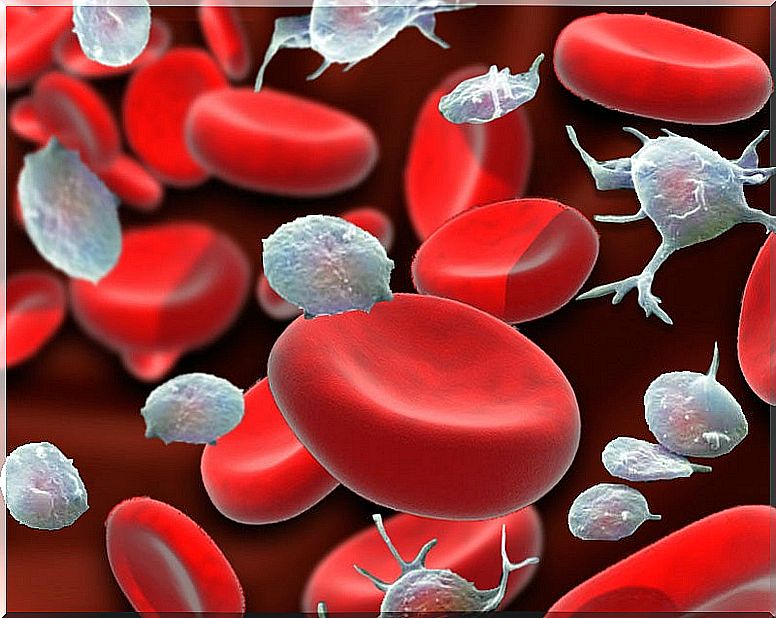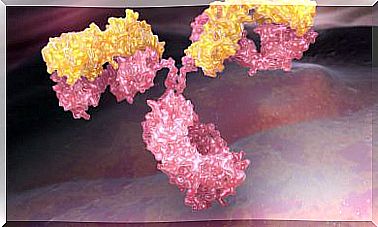Risk Of Postsurgical Bleeding
Post-surgical bleeding problems can be the result of injury or trauma. They can also be due to the way the blood clots. Different types of blood vessels carry oxygen and nutrients to the tissues. When blood vessels or capillaries are damaged, internal or external bleeding can occur.
Haemostasis is the interruption of bleeding from damaged blood vessels. Factors necessary for a clot to form include:
- Platelets : Platelets are very small cells made by the bone marrow. The normal number of platelets is 150,000 to 400,000.
- Blood clotting factors : These factors are found in the blood and are produced mainly in the liver.
Surgical intervention is associated with an increased risk of venous and arterial thromboembolism. It is also known that the temporary interruption of antithrombotic treatment implies a greater exposure to risk of thrombosis and embolism.
The risk of preoperative bleeding induced by oral anticoagulants is usually low. However, it is high during and after surgery, depending on the surgical procedure.
Risk factors for postsurgical bleeding

Risk assessment in relation to the surgical procedure is necessary in this type of patient. For this reason, the type of action with respect to antithrombotic treatment is determined by the patient’s situation.
Both the thrombotic and hemorrhagic risk of the surgical procedure should be assessed. The thrombotic risk of the surgical procedure is important because of the relationship with the increased risk of thrombosis when anticoagulant / antiplatelet therapy is discontinued.
In these cases, you can choose to continue the anticoagulant treatment or interrupt it. Indicating the substitution by heparin and, later, restart the therapy with oral anticoagulant drugs. This is mainly due to post-surgical immobility, but also to the prothrombotic effect of the surgery itself.
Post-surgical hemorrhage
Major bleeding is defined as that requiring a transfusion of more than two units, reoperation, or bleeding in the intracranial, intrathoracic or peritoneal cavity.
The attitude to any hemorrhagic complication will depend on the importance and location of the bleeding. It also depends on the level of anticoagulation. Major bleeds are also defined as life threatening or fatal bleeds.
The probability of bleeding will also determine the restart of postoperative antithrombotic treatment, since the start of anticoagulation will be delayed in cases of high risk of bleeding. If anticoagulation suppression is carried out for more than one day, the possibility of administering heparin should be considered.
Resumption of anticoagulant treatment after surgery

Resumption of anticoagulant therapy after surgery should not start until 2–3 days after surgery. However, it should always be done after consulting with the specialist.
It should be started with low doses, that is, those used in prophylaxis, 2–3 days after surgery. The use of therapeutic doses starts after 48–72 hours, and they should not be used after continuous postoperative bleeding.
In most patients treated with both warfarin and acenocoumarol, it can be resumed the night of the day of the intervention. This can be the case as long as there are no bleeding complications.
However, the therapeutic effect will not begin until 4–5 days after starting anticoagulant treatment. One of the main objectives for the anticoagulated patient is to regain his antithrombotic state as soon as possible. Adequate postoperative hemostasis and the risk of bleeding associated with the surgical procedure must be taken into account.
In general, most postoperative bleeding resolves within 24 hours of surgery. However, it may be the case that this is not the case, so the initiation of anticoagulation should not be started until hemostasis returns to normal.








